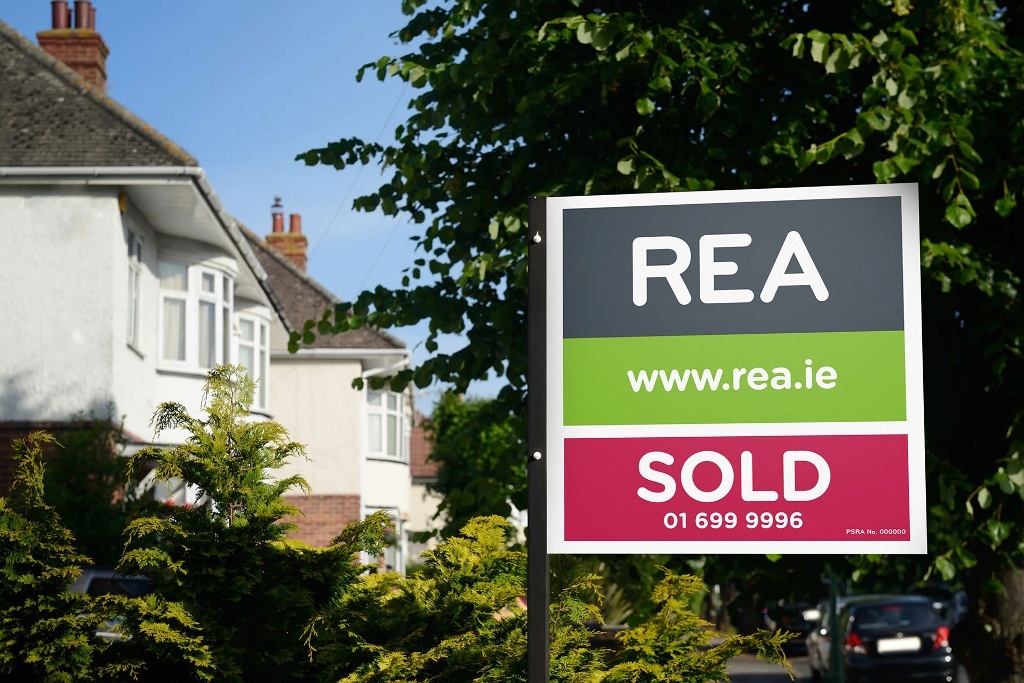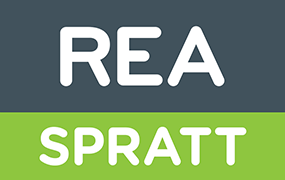
The Central Bank’s mortgage lending restrictions are putting a stop to rampant house price inflation in Dublin and surrounding areas, the Q3 Irish Independent REA Average House Price Index has found.
The price of a three-bed semi-detached house in Dublin has increased by just 2.7% in the last 12 months as the Central Bank’s borrowing rules increasingly define affordability in the housing market.
The rate of increase in second-hand three-bed semi-detached home prices in Dublin city’s postcode zones was just 0.1% over the last three months, compared to 4.1% for the same quarter last year.
After rising by 12.5% in 2017, the average price of a second-hand semi-detached house in the capital has increased by just €5,300 so far this year and now stands at €443,333.
Prices in the north of the county have risen by 7.5% in the past 12 months, and 0.8% since June to an average of €322,500.
This is in stark contrast to South County Dublin where prices are static on the quarter and have risen by just 2.4% since last September, with the average three-bed semi selling for €410,000, and the time taken to sell rising from five to six weeks.
“There is no doubt that the Central Bank rules are having an effect in the market, and are achieving what they set out to do in terms of keeping a lid on prices,” said REA spokesperson Barry McDonald.
“In the Celtic Tiger years, all prices rose across the board, but in 2018 the system is actually working and the only price inflation is in a new homes market that is concentrated in pockets.
“There has been a 3% reduction in cash buyers in the market in the past three months, with mortgage-approved house hunters now making up 78% of purchasers, increasing the effect of the Central Bank rules on the market.
“The second-hand market has become extremely price sensitive, not just in Dublin, and when we look across the country it is the areas with quality housing stock available for under €270,000 that are achieving highest growth.
“The effect of the Central Bank’s borrowing rule on price ceilings is brought sharply into focus by a drop-off in viewings for four-bedroomed housing in certain areas where they are priced over €400,000, for example.
“Many agents are attributing the lack of transaction to the fine weather in the summer, and report an upswing in activity in September.
“However, there is a defined slowdown in the annual rate of house price inflation as measured in our survey, which is the most reliable indicator of a stable market.”
The REA Average House Price Survey concentrates on the actual sale price of Ireland's typical stock home, the three-bed semi, giving an up-to-date picture of the second-hand property market in towns and cities countrywide to the close of last week.
The average semi-detached house nationally now costs €234,824, the Q3 REA Average House Price Survey has found – a rise of 1% on the Q2 2018 figure of €232,441.
Overall, the average house price across the country rose by 5.8% over the past 12 months – a decrease on the 8% recorded to June and indicating that the market is continuing to steady after an 11.3% overall rise in 2017.
Growth in the commuter counties also slowed to 0.9% in the last three months, with the average house now selling for €248,528 – a rise of €2,000 on the second three months of the year.
“Commuter areas such as Navan, where housing is priced at an average of €235,000, are experiencing steady growth (+2.2%) because of affordability under the Central Bank rules, and location,” said Barry McDonald.
The country’s major cities outside Dublin recorded a combined Q3 rise of 0.8%, with an average three-bed semi costing €249,375.
Both Waterford (+2.5% €205,000) and Galway (+0.9% €275,000) recorded increases, with agents in both locations citing strong demand but a shortage of suitable properties.
Limerick city (€200,000) returned its first static figure in a number of years, with local agent Michael O’Connor attributing the slowdown in transactions and properties coming to market to the fine weather at the height of summer.
“September appears to be the month where we caught up on lost time and once the kids returned to school the market accelerated with a noticeable increase in transactions,” said Mr O’Connor.
“We are very optimistic that Q4 will be the busiest of the year with enquiries in our office have increasing by around 30%.”
Cork city also registered 0% growth in the quarter with the time taken to sell now running at nine weeks,
The highest increases were seen in the rest of the country’s towns, which experienced a 2.1% rise in Q3 to an average of €156,383 – up €3,000 in 12 weeks.
“These are areas where many buyers can still escape with a 10% deposit, it is still largely not economic to build new homes, and the dwindling supply existing stock at lower rates is disappearing,” said Barry McDonald.
“The highest rate of increase in the country came in Carrigallen in Leitrim where agent Peter Donohoe reported rises of €10,000 to an average of €80,000 (14.3%) in Q3, driven by a lack of supply and a relatively affordable average price.”
